Home>Gardening & Outdoor>Outdoor Recreation & Activities>How To Keep Frogs Out Of Your Swimming Pool
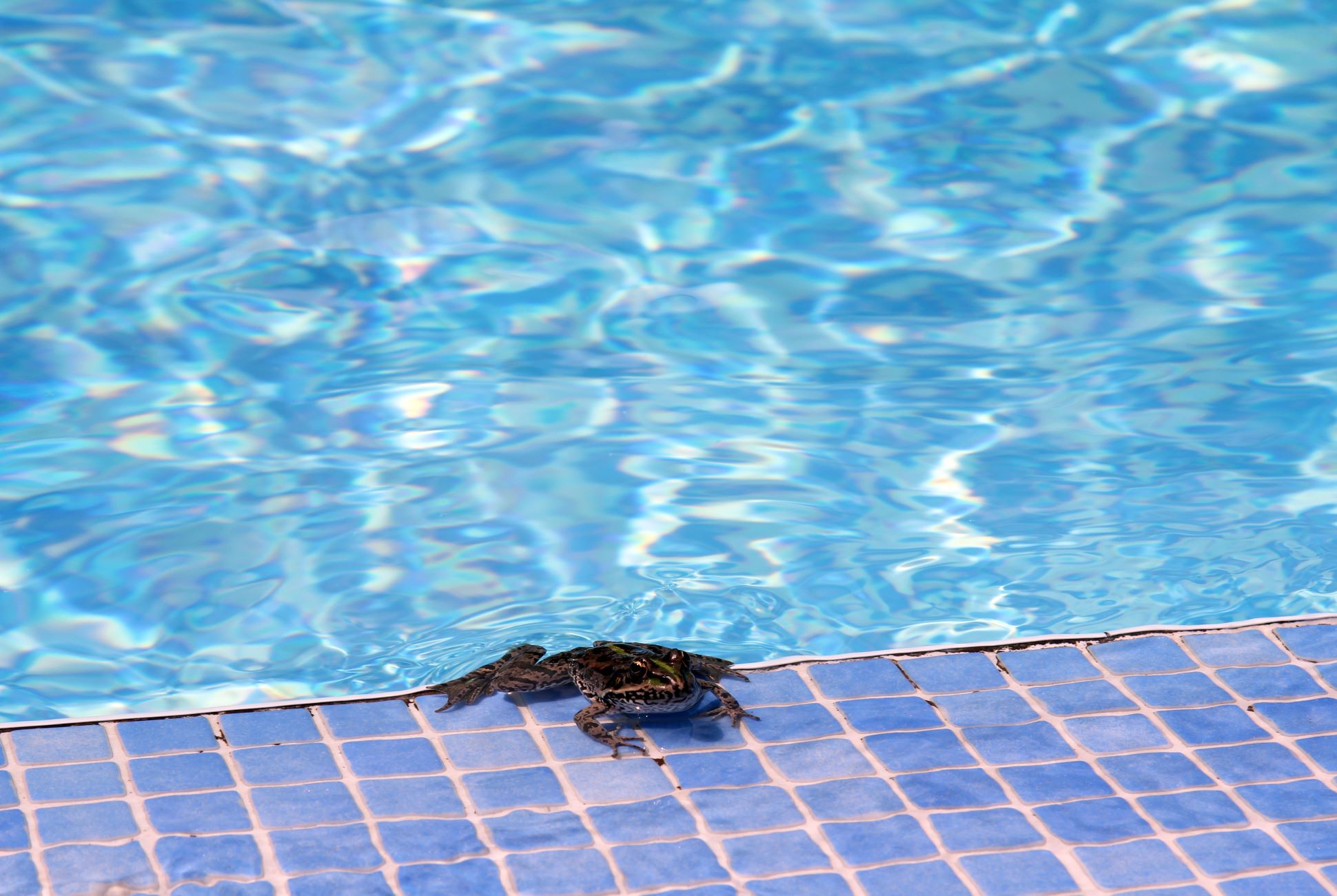

Outdoor Recreation & Activities
How To Keep Frogs Out Of Your Swimming Pool
Published: February 18, 2024
Learn effective ways to keep frogs out of your swimming pool and maintain a clean, enjoyable outdoor recreation area. Discover tips for preventing unwanted amphibian visitors.
(Many of the links in this article redirect to a specific reviewed product. Your purchase of these products through affiliate links helps to generate commission for Storables.com, at no extra cost. Learn more)
Introduction
Swimming pools are a delightful oasis for humans during the warm months, offering a refreshing escape from the heat. However, these shimmering bodies of water can also be alluring to unexpected visitors – frogs. While these amphibious creatures are fascinating in their natural habitat, finding them in your pool can be quite the surprise. Not only can it startle swimmers, but it can also pose a challenge in terms of pool maintenance.
In this comprehensive guide, we will explore various strategies to keep frogs out of your swimming pool. From understanding the factors that attract them to implementing natural deterrents, physical barriers, and chemical solutions, we will cover everything you need to know to maintain a frog-free pool environment. By the end of this article, you will be equipped with the knowledge and tools to ensure that your pool remains a tranquil retreat for you and your family.
Let's dive into the fascinating world of frog prevention and explore the measures you can take to maintain a serene and frog-free swimming pool.
Key Takeaways:
- Keep frogs out of your pool by managing vegetation, using natural predators, adjusting lighting, and employing sound repellents. These methods create an environment that discourages frogs without harming them or the ecosystem.
- Create a frog-free pool with physical barriers like pool covers, fences, and mesh screens. Additionally, consider using safe chemical solutions to repel frogs while prioritizing human and environmental safety.
Read more: How Do You Keep Ducks Out Of A Swimming Pool
Understanding the Attraction
Frogs are drawn to swimming pools for several reasons, and understanding these factors is crucial in effectively deterring them from taking up residence in your pool. One primary attraction for frogs is the water itself. Swimming pools provide a consistent and accessible water source, making them an appealing spot for frogs to quench their thirst and regulate their body temperature. Additionally, the still, reflective surface of the water can confuse frogs, leading them to perceive the pool as a natural body of water.
Another significant allure for frogs is the abundance of insects that are attracted to swimming pools. Insects such as mosquitoes, flies, and beetles are drawn to the water, providing a readily available food source for frogs. This creates a favorable environment for frogs, as they can easily find sustenance near the pool.
Furthermore, the landscaping around the pool can also contribute to its attractiveness to frogs. Dense vegetation, shrubbery, and mulch provide hiding spots and shelter for frogs, encouraging them to linger in the vicinity of the pool.
Understanding these attractions enables pool owners to take proactive measures to mitigate them. By addressing the factors that entice frogs to the pool area, such as minimizing insect presence and altering the landscaping, it is possible to create an environment that is less appealing to these amphibious visitors.
In the following sections, we will delve into various strategies to deter frogs from entering the pool area, ranging from natural deterrents and physical barriers to chemical solutions. By implementing these measures, you can effectively discourage frogs from making your swimming pool their preferred hangout spot.
Natural Deterrents
When it comes to deterring frogs from your swimming pool, natural methods can be effective and environmentally friendly. By leveraging the natural behaviors and preferences of frogs, you can create an environment that discourages their presence without causing harm to these amphibious creatures.
-
Vegetation Management: One natural deterrent involves managing the vegetation around the pool area. By trimming back overhanging branches and reducing dense foliage, you can minimize the hiding spots and shelter that attract frogs. Additionally, maintaining a tidy and well-groomed landscape can make the pool area less inviting to frogs seeking refuge.
-
Predator Presence: Introducing natural frog predators to the vicinity of the pool can serve as a deterrent. For instance, encouraging the presence of non-harmful snake species or installing a small pond to attract natural frog predators like birds and dragonflies can help keep frog populations in check. However, it's important to research and implement this method carefully to ensure the safety and balance of the ecosystem.
-
Lighting: Adjusting the lighting around the pool area can also deter frogs. Frogs are nocturnal creatures and are attracted to light sources, which can inadvertently draw them to the pool. By using motion-activated or low-UV lighting, you can minimize the attractiveness of the pool area to frogs during the nighttime hours.
-
Sound Repellents: Certain sounds can deter frogs from entering the pool vicinity. Ultrasonic devices emit high-frequency sounds that are unpleasant to frogs, prompting them to avoid the area. These devices are designed to be inaudible to humans and pets, making them a non-invasive and effective natural deterrent.
By incorporating these natural deterrents, you can create an environment that discourages frogs from frequenting your swimming pool. These methods not only align with eco-friendly practices but also contribute to maintaining a balanced and harmonious outdoor space. In the next sections, we will explore additional strategies, including physical barriers and chemical solutions, to further fortify your pool against frog intrusions.
To keep frogs out of your swimming pool, install a fence around the pool area and keep the pool covered when not in use. Additionally, avoid using bright lights near the pool at night, as this can attract frogs.
Physical Barriers
Implementing physical barriers around your swimming pool can serve as an effective deterrent against frog intrusions. These barriers create a clear boundary that prevents frogs from accessing the pool area, helping to maintain a frog-free environment for swimmers and pool enthusiasts.
One of the most common physical barriers used to deter frogs is a pool cover. A sturdy and secure pool cover not only safeguards the pool when it's not in use but also acts as a formidable obstacle for frogs. By securely fastening the pool cover, you can create a barrier that prevents frogs from entering the water. It's important to choose a cover that fits snugly over the pool and is resistant to punctures, ensuring that it remains an effective deterrent against frog activity.
Additionally, installing a fence around the pool perimeter can significantly reduce the likelihood of frogs gaining access. A well-constructed fence serves as a clear boundary that inhibits frog entry, especially when it is designed to prevent small amphibians from squeezing through gaps or openings. Opt for a fence with minimal ground clearance to prevent frogs from burrowing underneath it. This physical barrier not only deters frogs but also enhances safety and security around the pool area.
Another effective physical barrier is the use of mesh screens or netting. These can be strategically placed around the pool to create a protective barrier that prevents frogs from reaching the water. Mesh screens are particularly useful for areas with dense vegetation or nearby water features that may attract frogs. By enclosing the pool area with mesh screens, you can effectively block frog access while maintaining visibility and airflow.
In addition to these physical barriers, maintaining the pool area by promptly repairing any cracks or gaps in the pool structure can also prevent frogs from finding entry points. Ensuring that the pool's perimeter is well-maintained and free from potential entryways can further fortify the barriers against frog intrusions.
By incorporating these physical barriers, you can create a formidable defense against frog activity in and around your swimming pool. These measures not only contribute to a tranquil and enjoyable pool environment but also promote safety and cleanliness. In the subsequent section, we will explore the use of chemical solutions as an additional layer of defense against frogs in the pool area.
Chemical Solutions
In addition to natural deterrents and physical barriers, chemical solutions can serve as an additional layer of defense against frogs in the pool area. These solutions are designed to create an environment that is unappealing or inhospitable to frogs, thereby discouraging their presence without causing harm to the amphibians or the pool ecosystem.
One commonly used chemical solution is the application of frog repellents. These repellents are formulated to emit scents or tastes that are unpleasant to frogs, deterring them from entering the pool vicinity. The repellents are typically safe for humans and pets, making them a practical and non-invasive option for frog control. When applying frog repellents, it is important to follow the manufacturer's instructions and ensure that the product is compatible with the pool's water chemistry.
Another chemical approach involves the use of water treatments that alter the pH or chemical composition of the pool water to make it less inviting to frogs. By adjusting the water's pH levels or introducing specific additives, such as mild algaecides or clarifiers, the pool environment can become less conducive to frog activity. It is essential to consult with a pool maintenance professional or a knowledgeable supplier to determine the appropriate water treatments that can deter frogs while maintaining the pool's water quality.
Furthermore, the strategic use of non-toxic substances, such as citric acid or vinegar, can create an environment that repels frogs without posing risks to the pool ecosystem. These substances can be applied in targeted areas around the pool to create a mild deterrent effect, encouraging frogs to seek alternative habitats away from the pool.
It is important to note that when utilizing chemical solutions, it is crucial to prioritize the safety of both humans and the environment. Careful consideration should be given to the selection and application of chemicals, ensuring that they are compatible with the pool's water chemistry and pose no harm to aquatic life or surrounding vegetation.
By incorporating these chemical solutions as part of an integrated frog control strategy, pool owners can effectively discourage frogs from inhabiting the pool area while maintaining a safe and inviting environment for swimmers and recreational activities.
In summary, the combination of natural deterrents, physical barriers, and carefully selected chemical solutions can create a comprehensive approach to keeping frogs out of the swimming pool. By implementing these strategies, pool owners can enjoy a serene and frog-free pool environment, enhancing the overall enjoyment and maintenance of their outdoor oasis.
Read more: How To Keep Grass Out Of The Pool
Conclusion
In conclusion, maintaining a frog-free swimming pool involves a multifaceted approach that encompasses understanding the factors that attract frogs, implementing natural deterrents, utilizing physical barriers, and incorporating carefully selected chemical solutions. By addressing the allure of the pool environment to frogs and taking proactive measures to mitigate it, pool owners can create a tranquil and inviting space for recreational enjoyment.
Understanding the attraction of swimming pools to frogs is the foundational step in effective frog control. By recognizing the appeal of water, insects, and shelter provided by the pool environment, pool owners can strategically intervene to minimize these attractions. This understanding forms the basis for implementing natural deterrents, such as vegetation management, predator presence, lighting adjustments, and sound repellents, which create an environment that discourages frog activity without causing harm to the amphibians or the ecosystem.
In addition to natural deterrents, the use of physical barriers, such as pool covers, fences, and mesh screens, serves as a formidable defense against frog intrusions. These barriers not only prevent frogs from accessing the pool area but also contribute to the safety and security of the pool environment. By maintaining the pool perimeter and promptly addressing any potential entry points, pool owners can further fortify the barriers against frog activity.
Furthermore, the strategic use of carefully selected chemical solutions, including frog repellents, water treatments, and non-toxic substances, provides an additional layer of defense against frogs in the pool area. These solutions are designed to create an environment that is unappealing or inhospitable to frogs while prioritizing the safety of humans and the ecosystem.
By integrating these strategies, pool owners can effectively deter frogs from inhabiting the pool area, creating a serene and frog-free environment for swimmers and recreational activities. This comprehensive approach not only enhances the enjoyment of the pool but also contributes to the overall maintenance and cleanliness of the outdoor oasis.
In essence, by understanding the factors that attract frogs to swimming pools and implementing a combination of natural, physical, and chemical deterrents, pool owners can create an environment that is uninviting to frogs while maintaining the ecological balance and safety of the pool area. This holistic approach ensures that the swimming pool remains a delightful retreat for humans while minimizing its allure to unexpected amphibious visitors.
Frequently Asked Questions about How To Keep Frogs Out Of Your Swimming Pool
Was this page helpful?
At Storables.com, we guarantee accurate and reliable information. Our content, validated by Expert Board Contributors, is crafted following stringent Editorial Policies. We're committed to providing you with well-researched, expert-backed insights for all your informational needs.
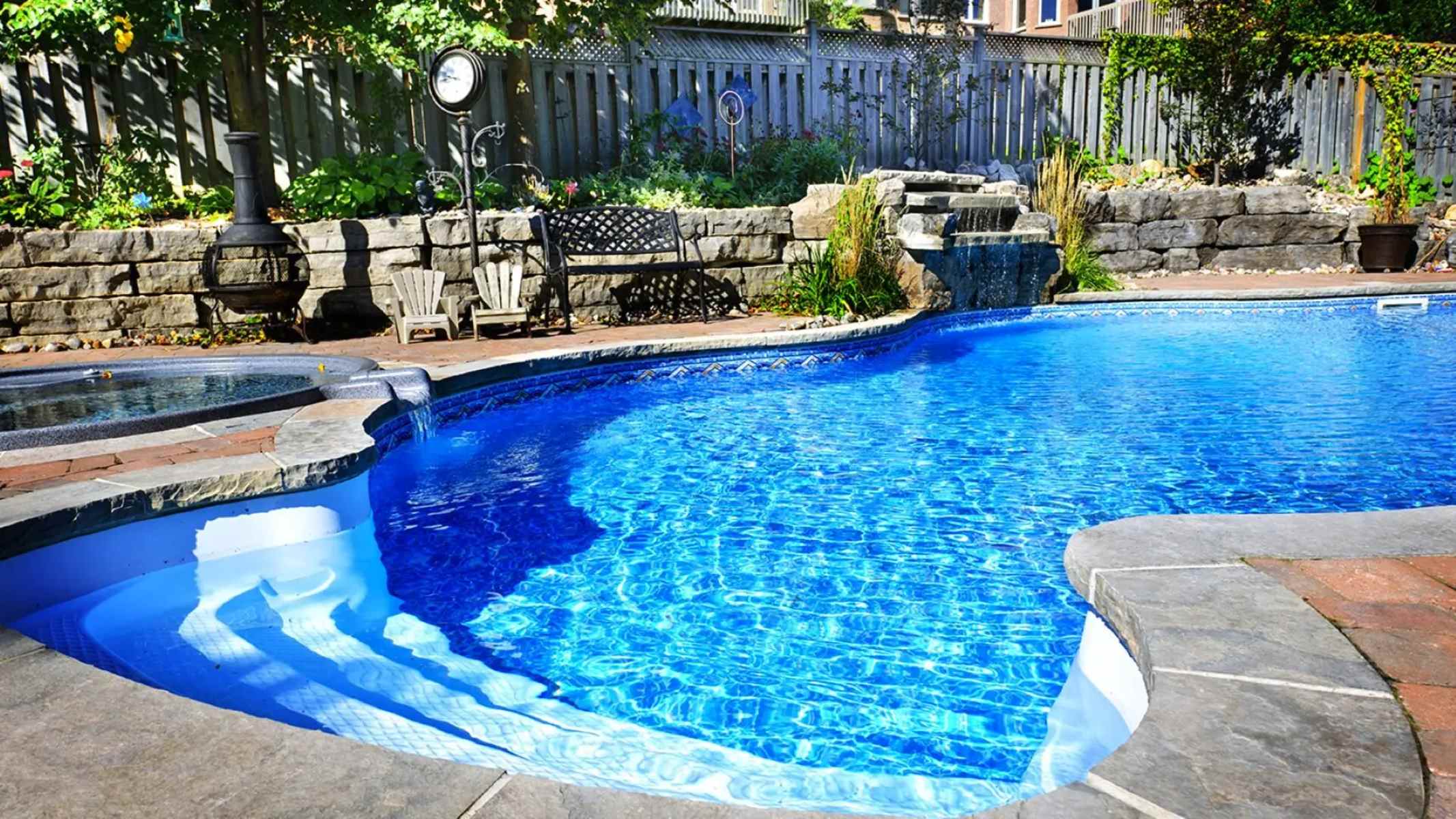
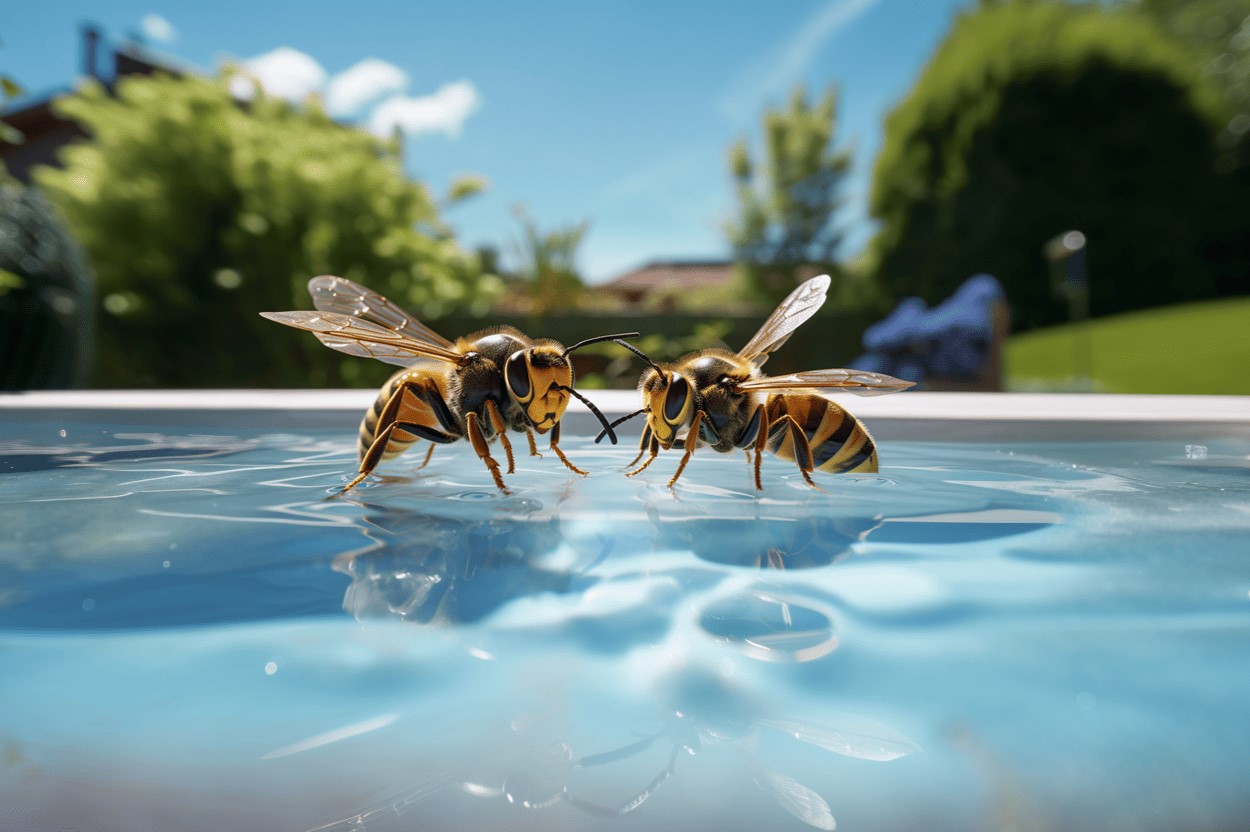
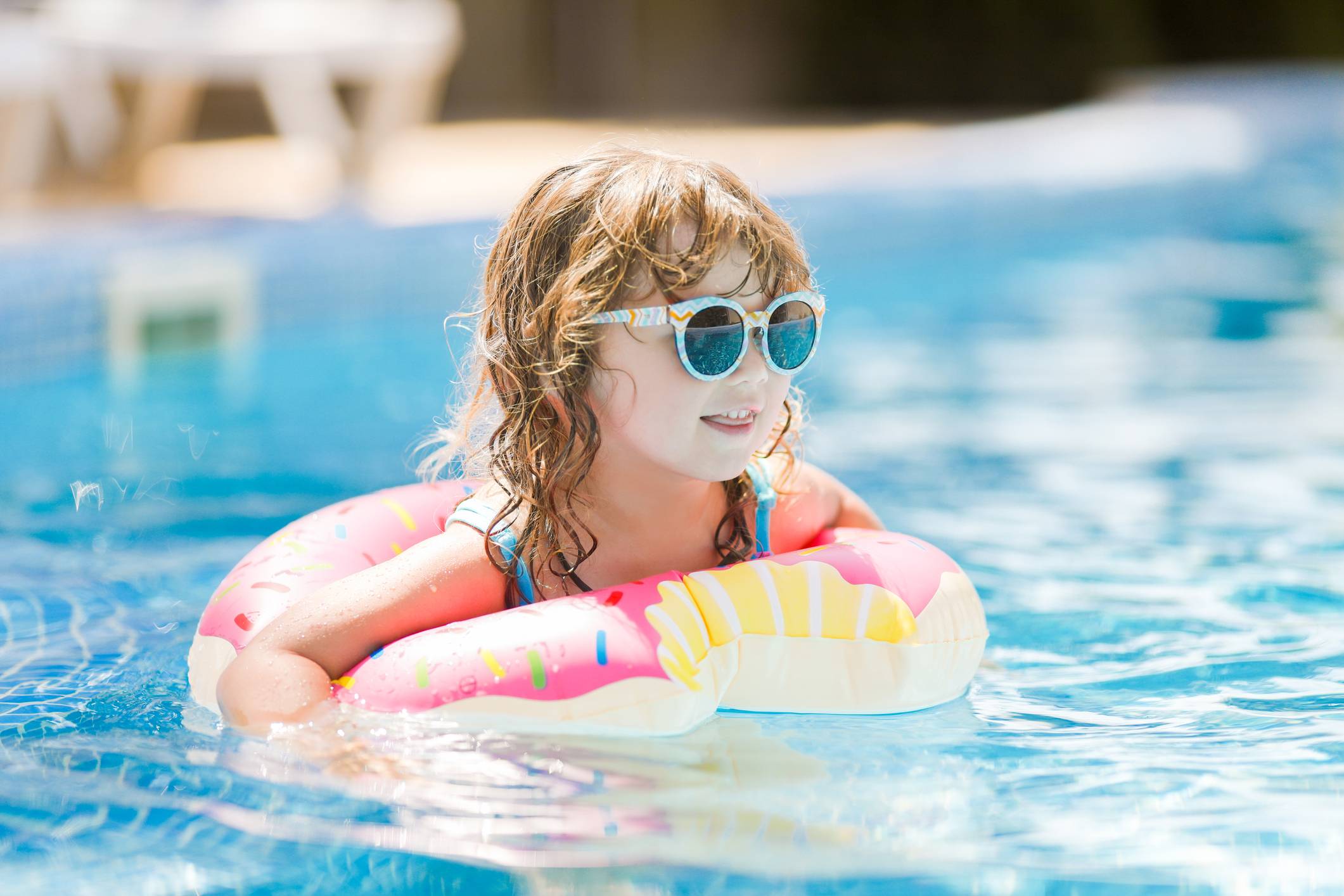

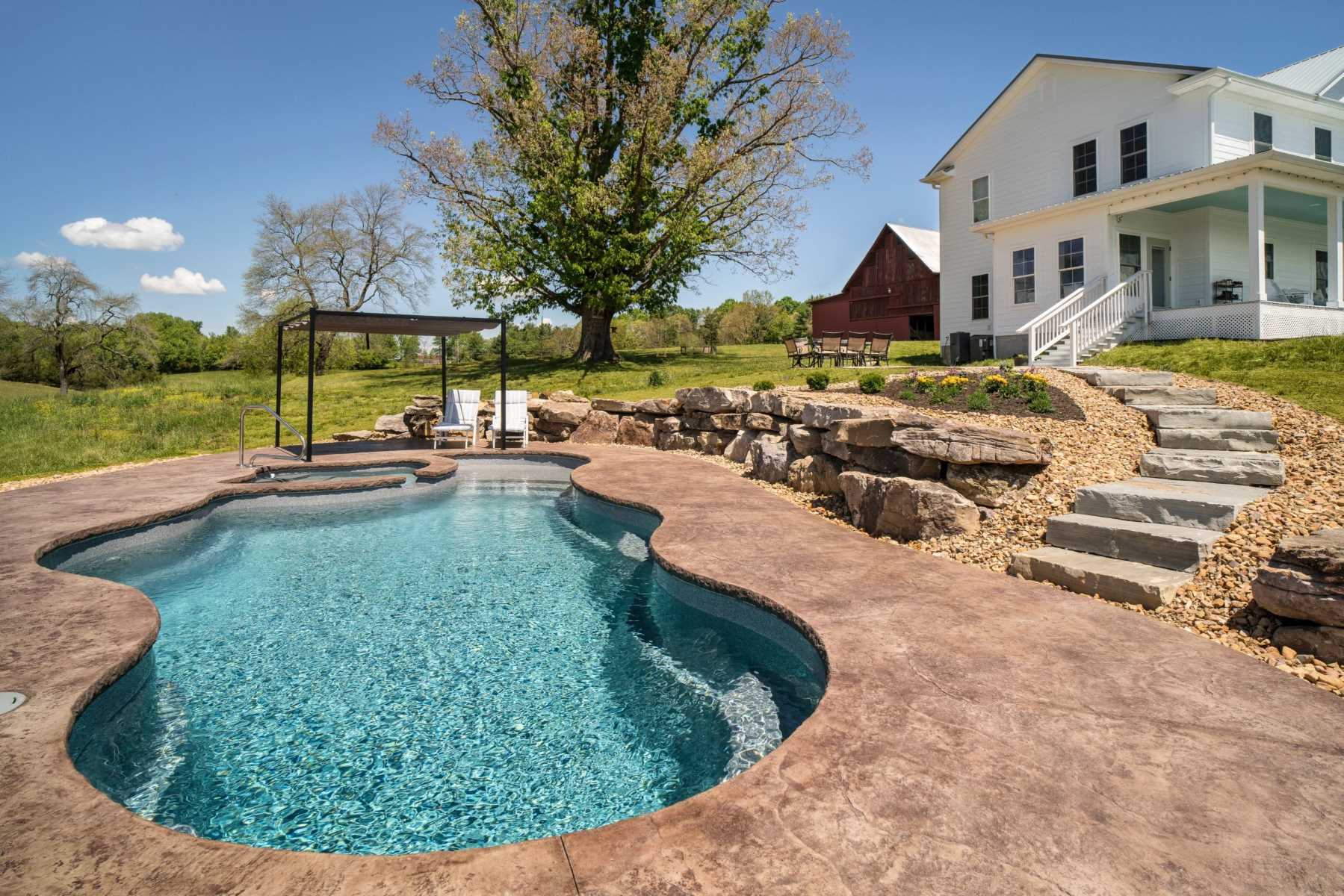
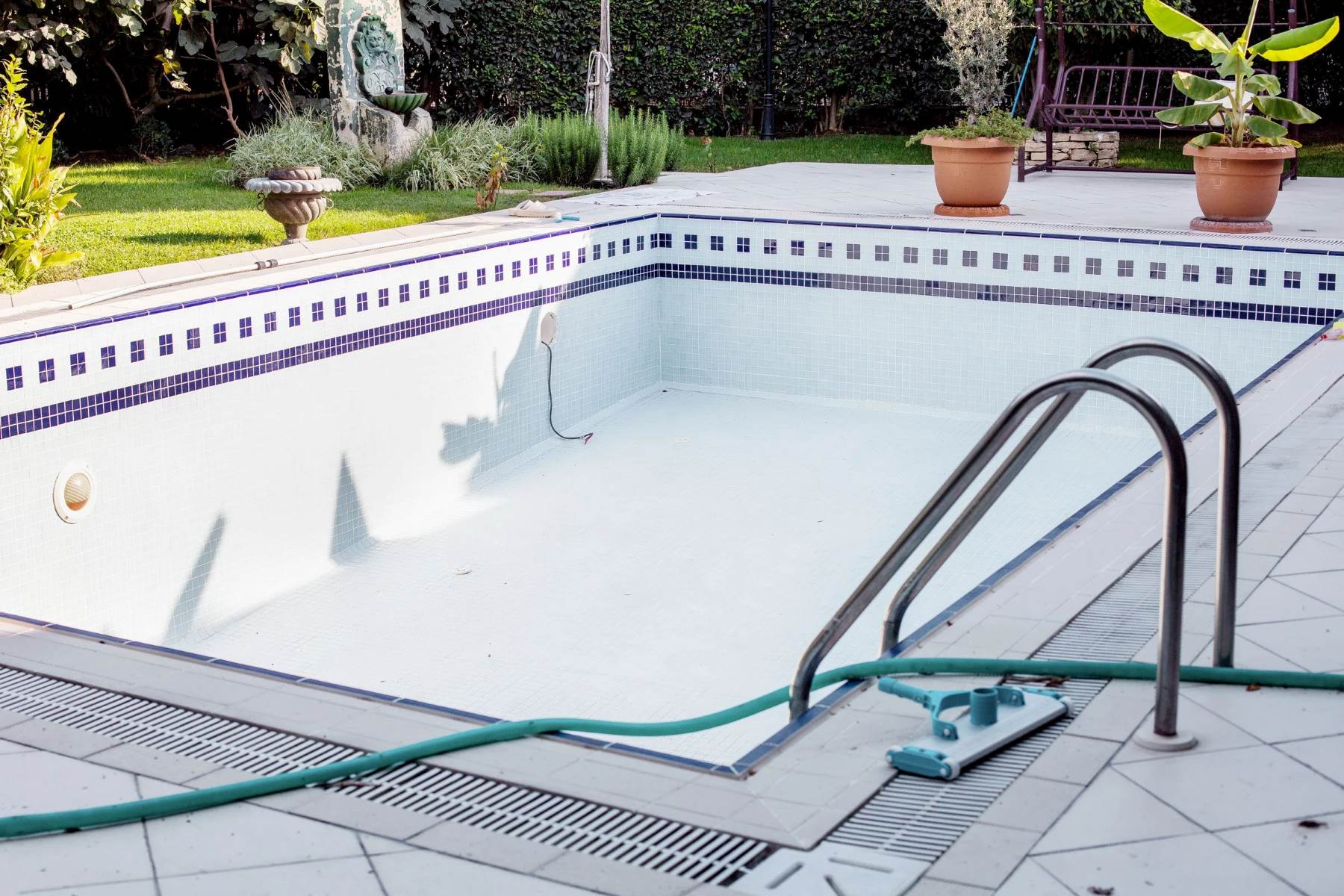
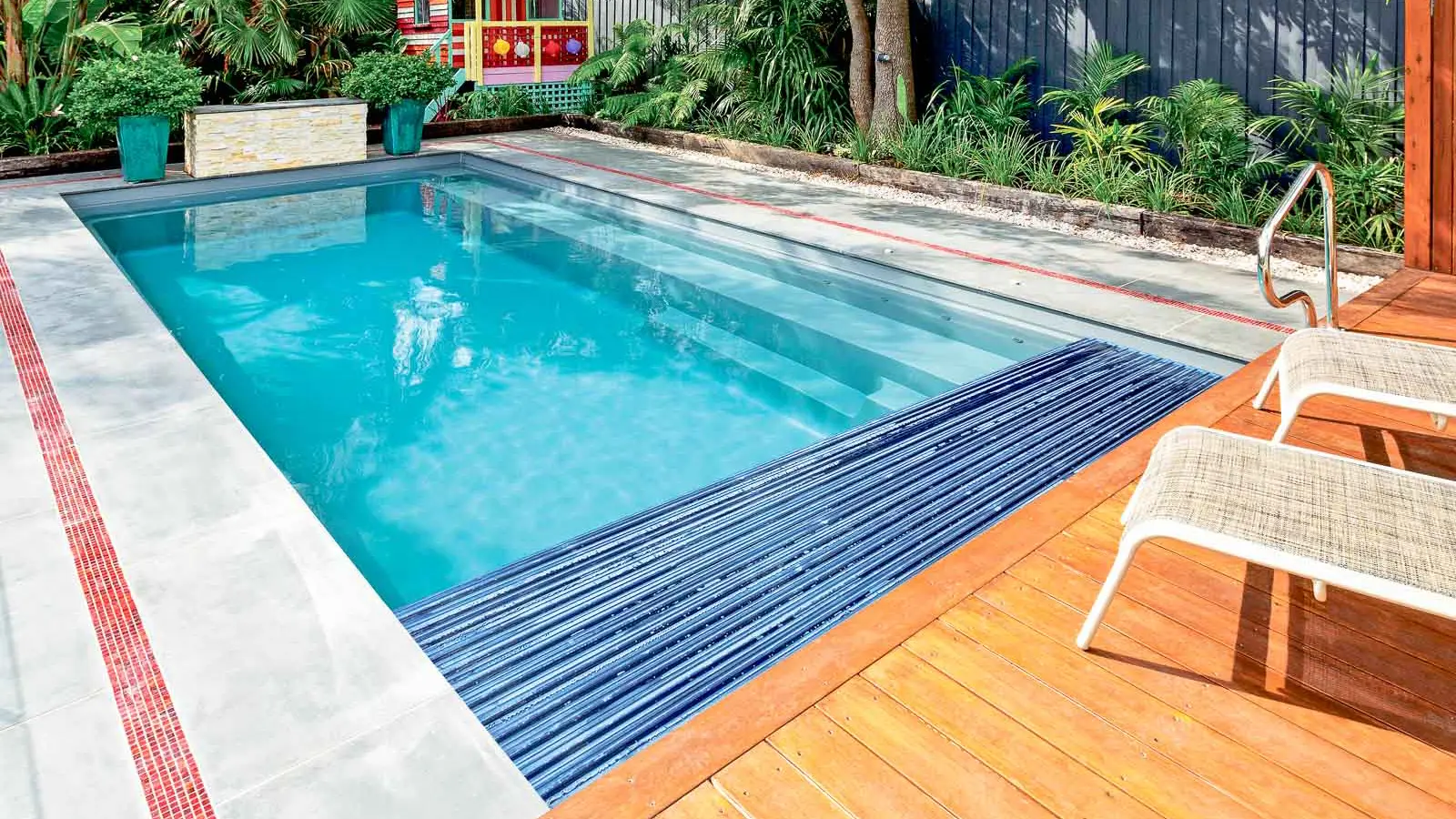
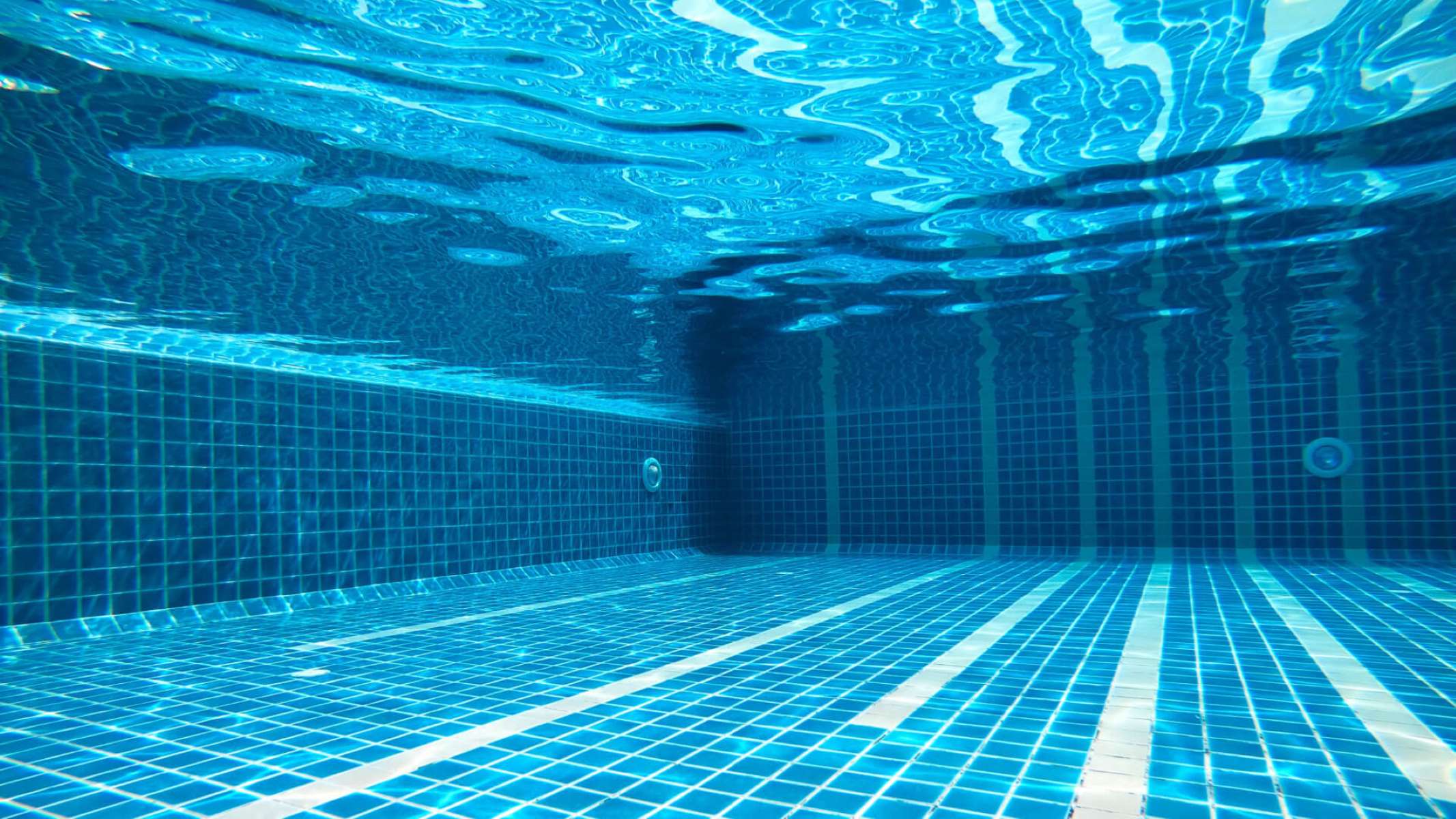

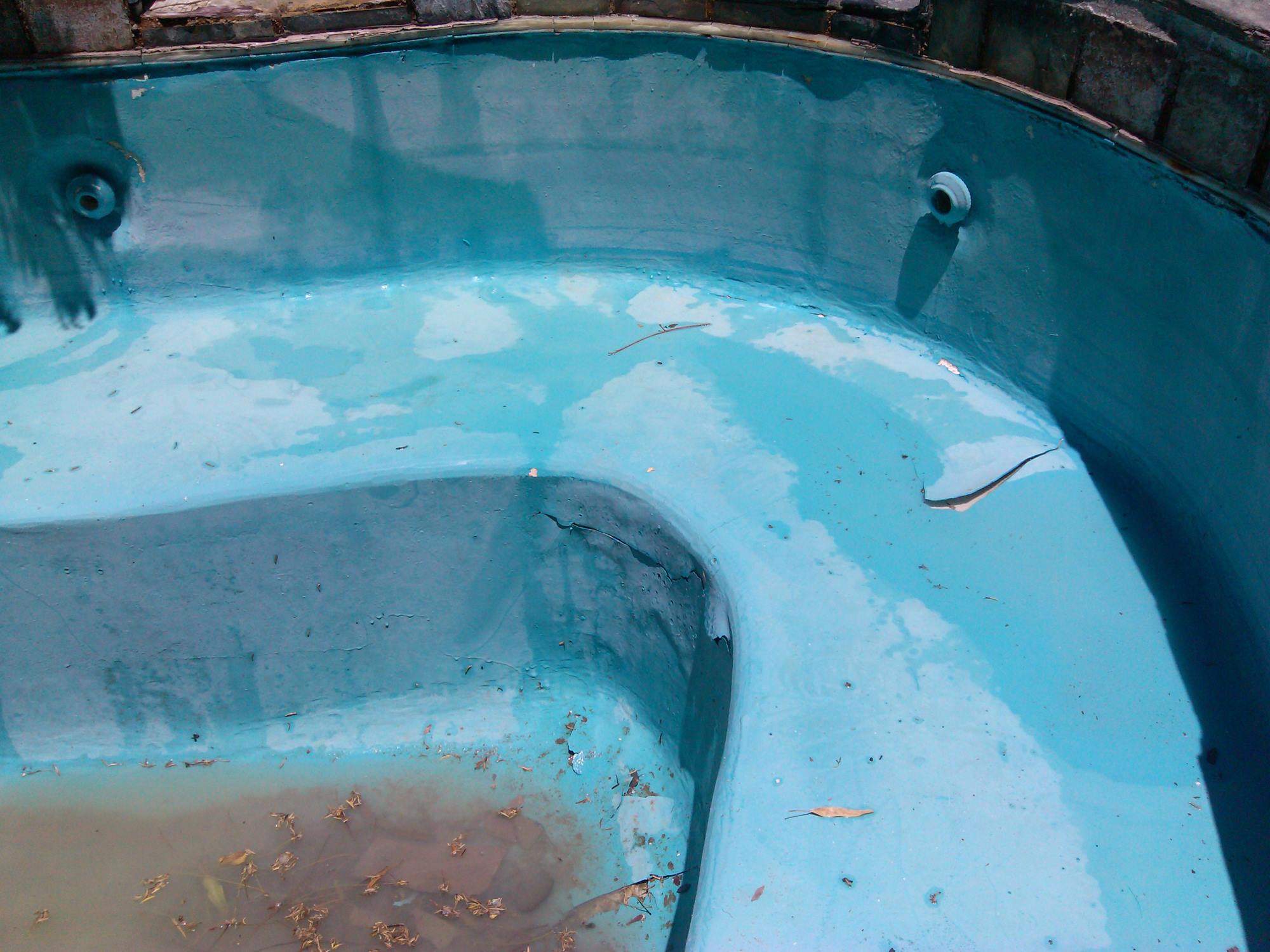
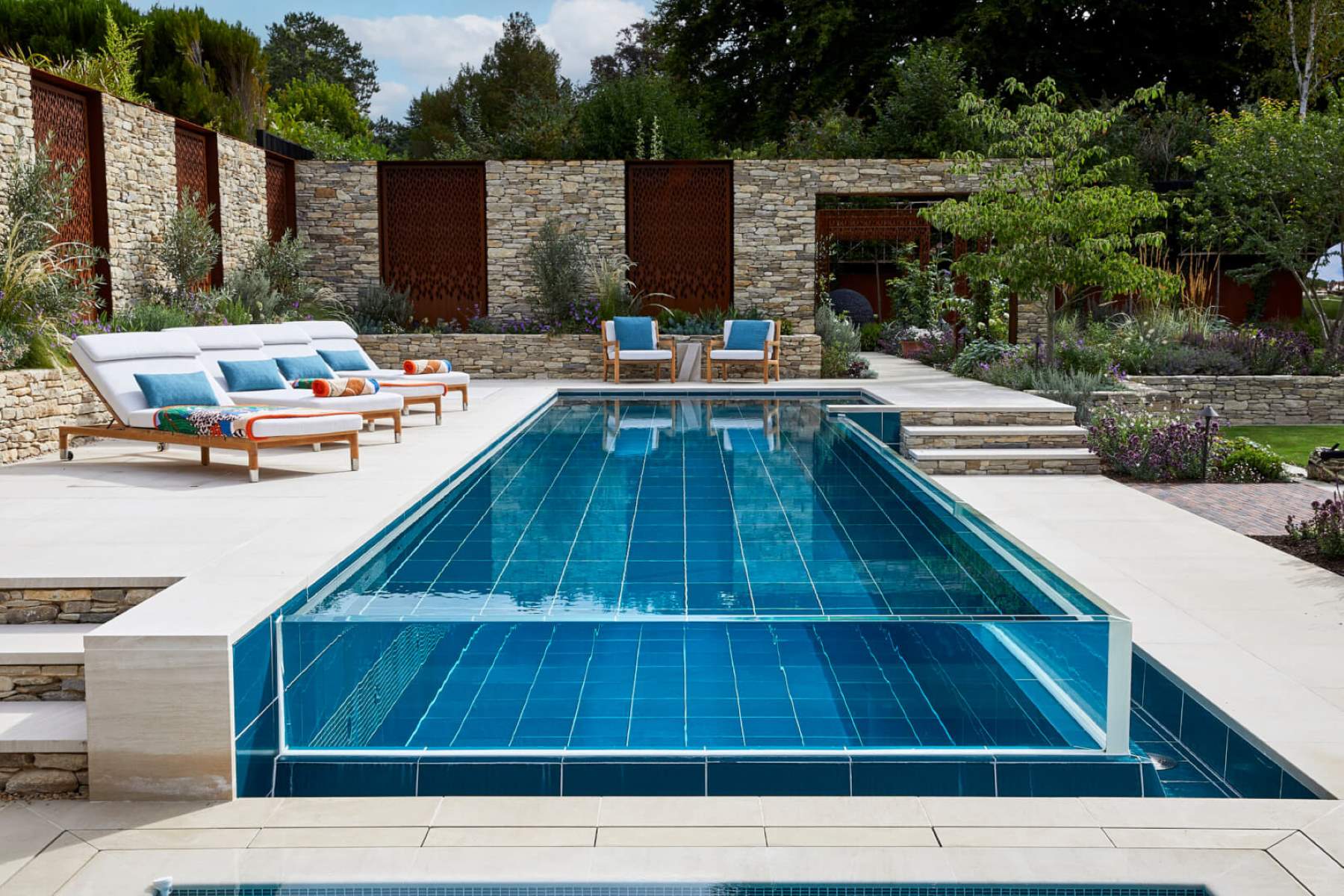
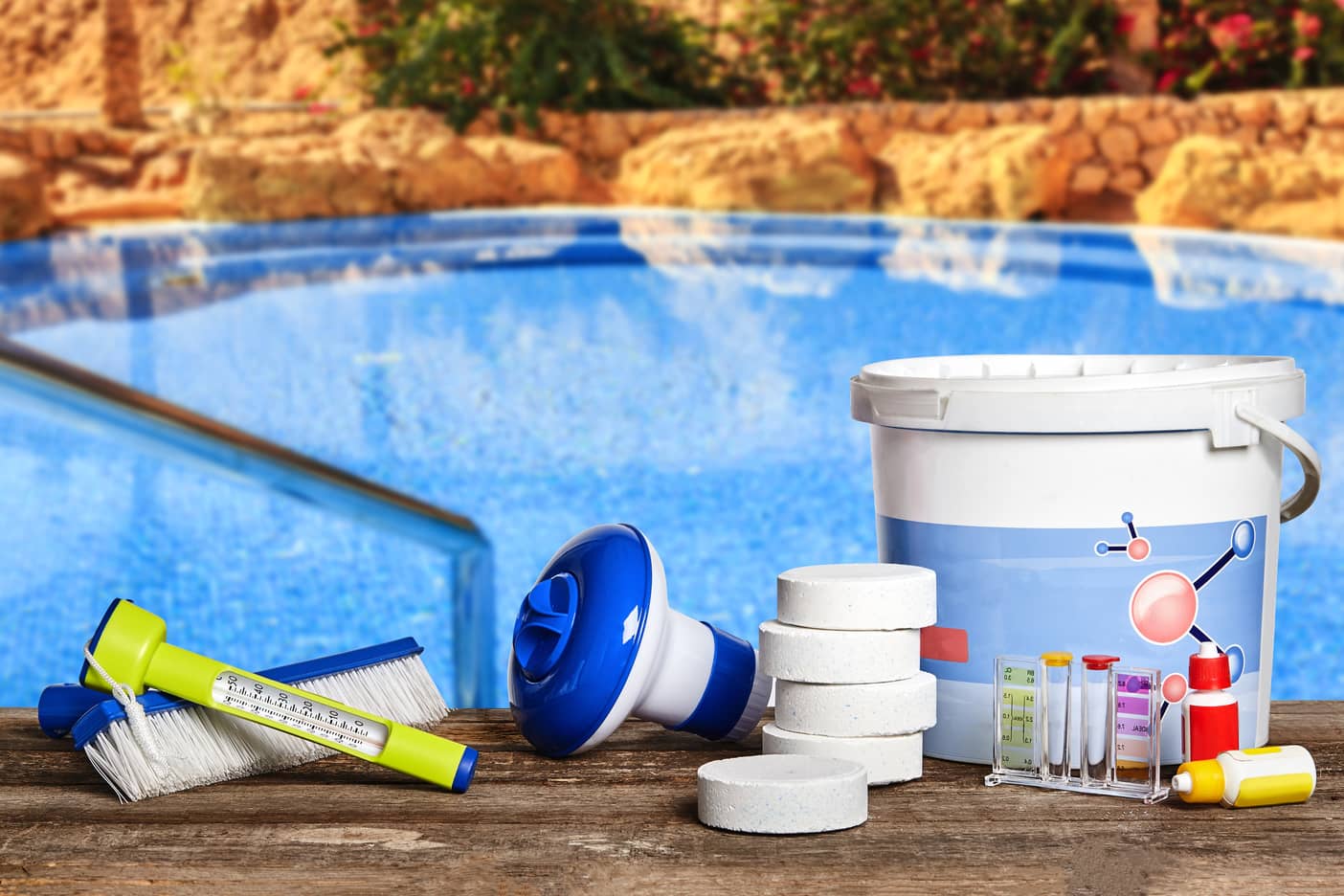
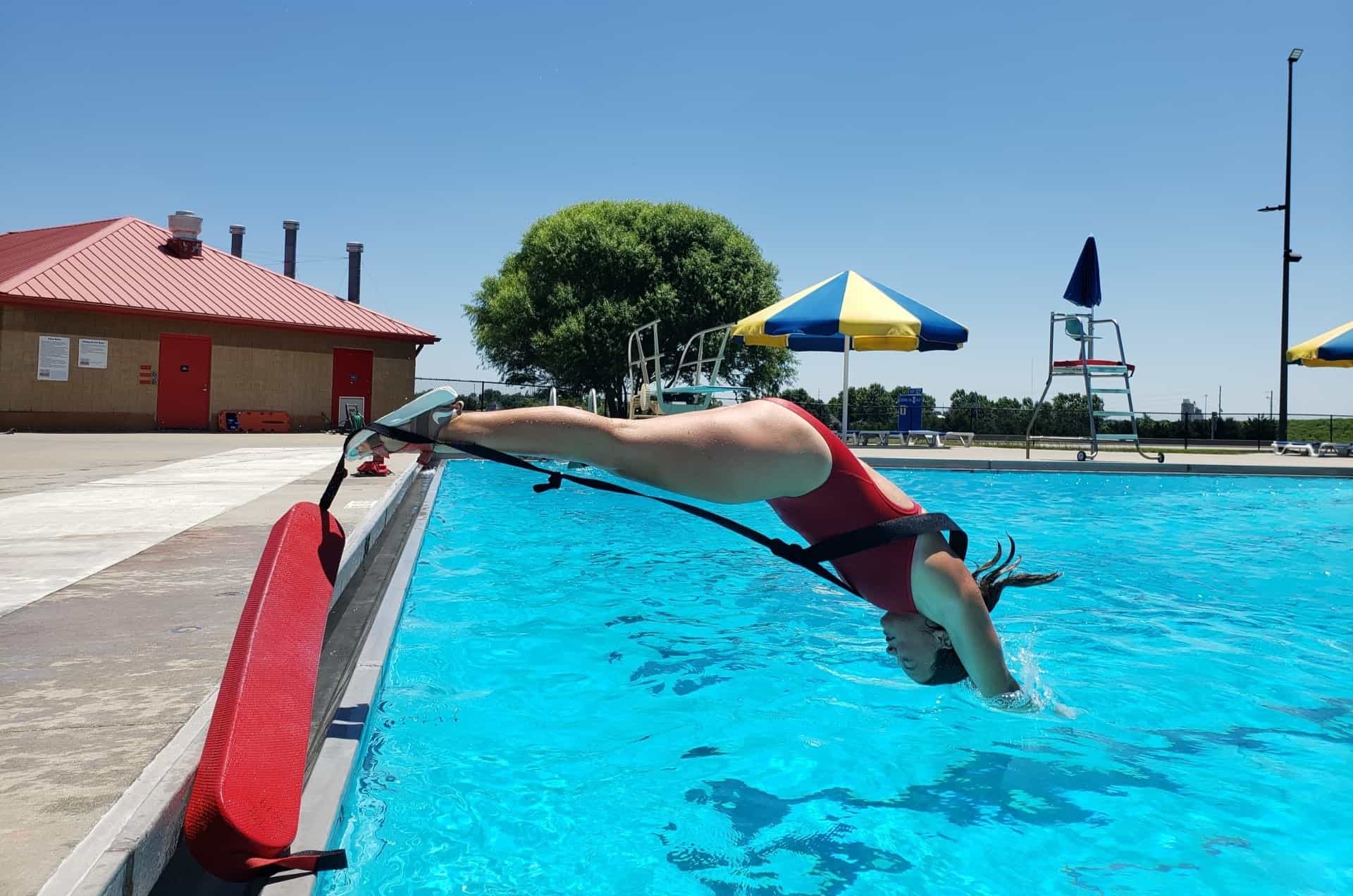
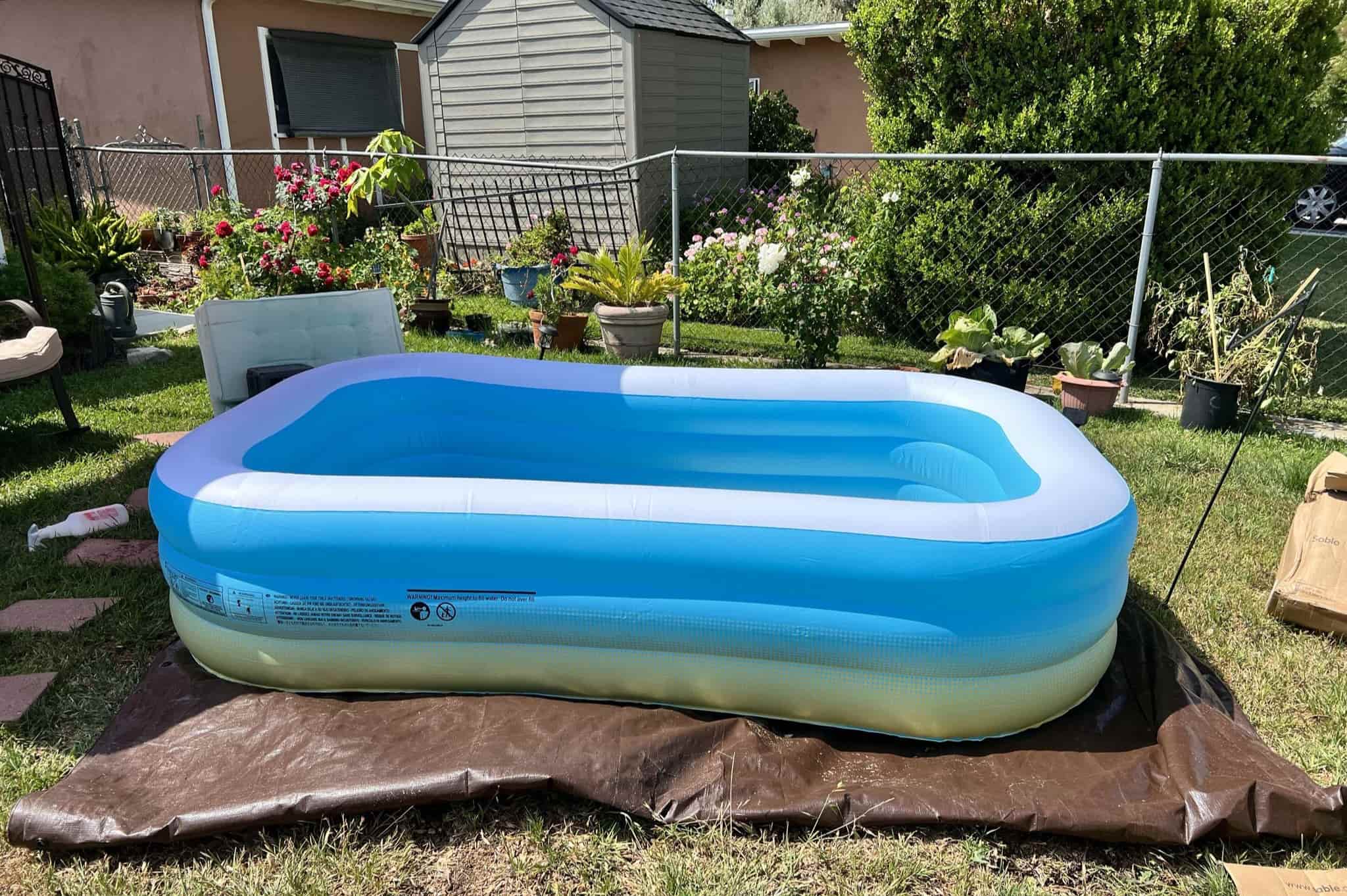

0 thoughts on “How To Keep Frogs Out Of Your Swimming Pool”